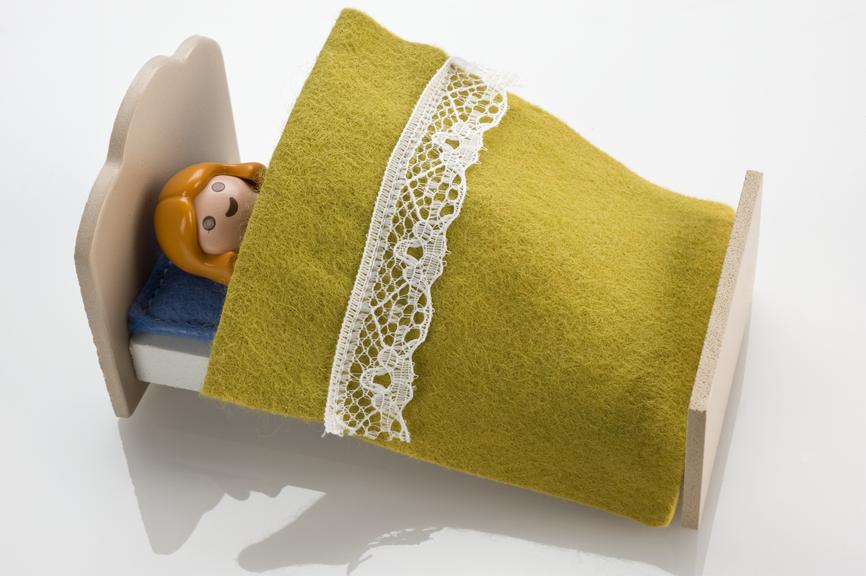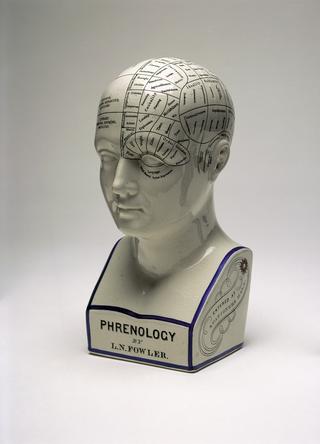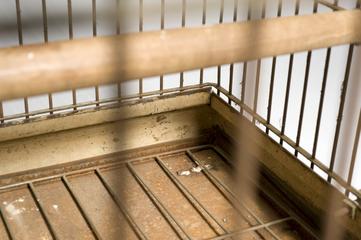
Symbolic Play Test, United Kingdom, 1988
- Made:
- 1988 in United Kingdom






Symbolic Play Test; an assessment test for children, 12 to 36 months old, to explore their non-verbal semantic development concept formation and symbolization; invented by M. Lowe and A.J. Costello in 1976 and published by NFER-Nelson in 1988.
This toy was used as a language assessment test for children aged 12-36 months. It forms part of a Symbolic Play test. These tests assess a child’s ability to learn language. Infants play with toys under no time constraints and their behaviour is observed and assessed. The Symbolic Play test was invented in 1976 by psychologists Marianne Lowe and Anthony J. Costello.
Using toys in psychological assessment was first promoted by psychologist Margaret Lowenfeld (1890-1973) in the 1920s and 1930s. Lowenfeld was a paediatrician who became a pioneer of child psychology and psychotherapy. She recognised language is often unsatisfactory as an expressive medium for children. She also recognised play is essential to their development.
Details
- Category:
- Psychology, Psychiatry & Anthropometry
- Object Number:
- 2006-14
- Measurements:
-
overall: 45 mm x 115 mm x 60 mm, .05kg
- type:
- psychometric test
- credit:
- nferNelson




